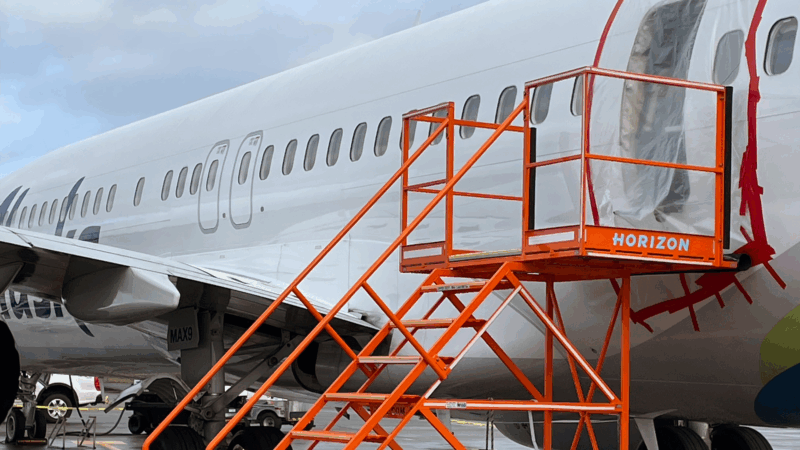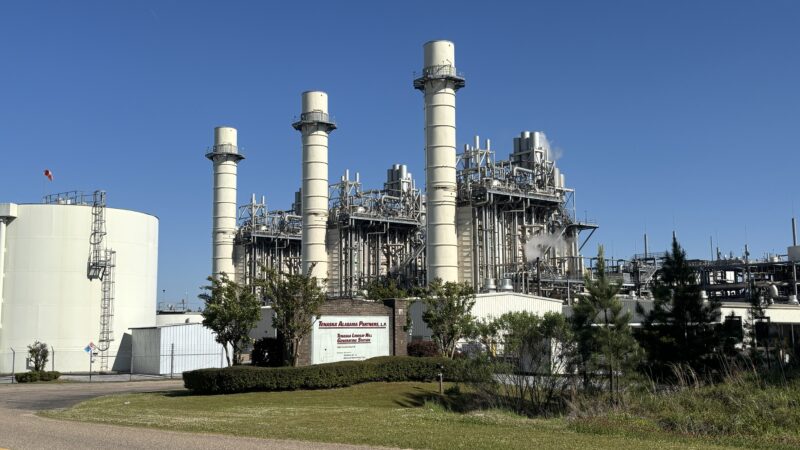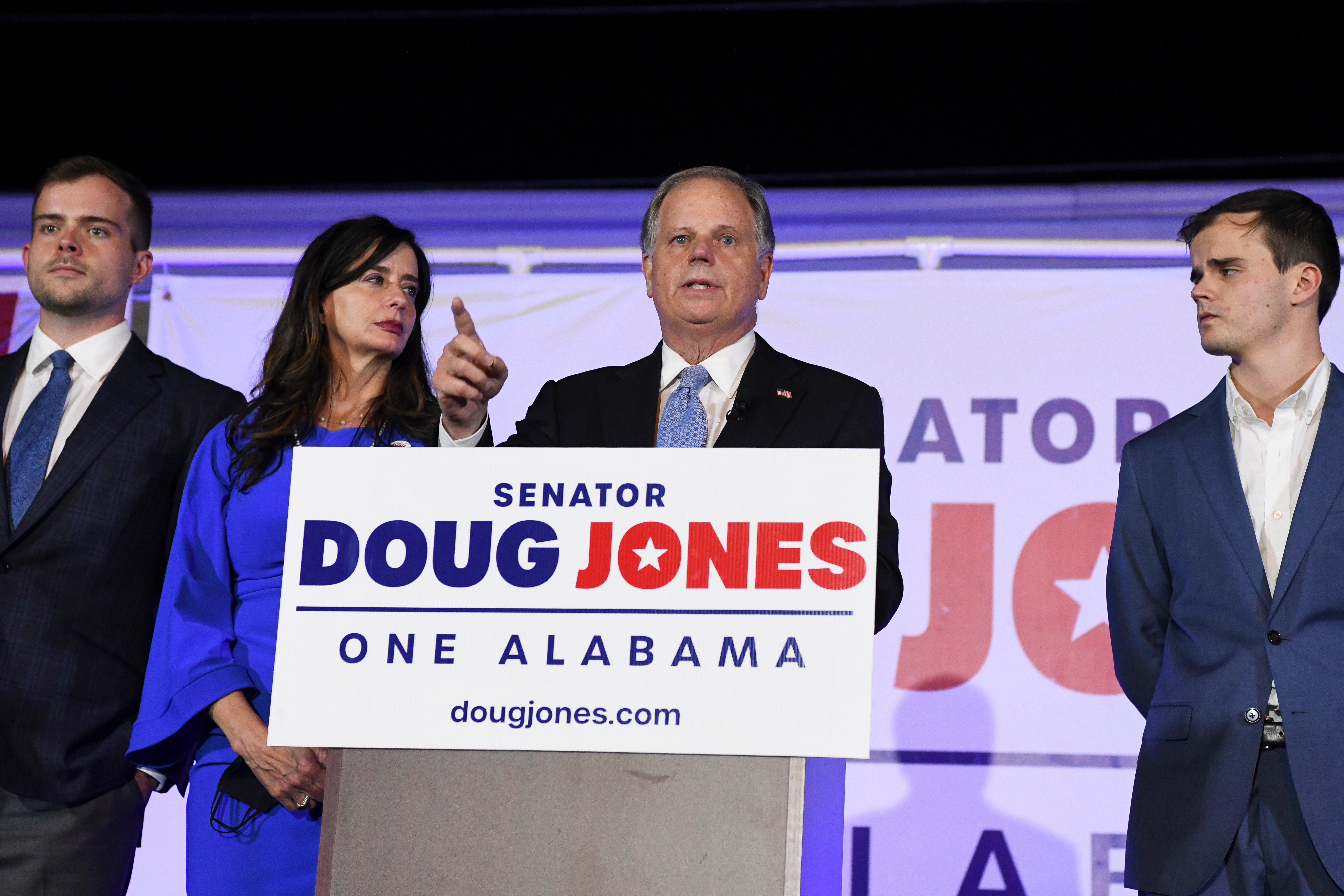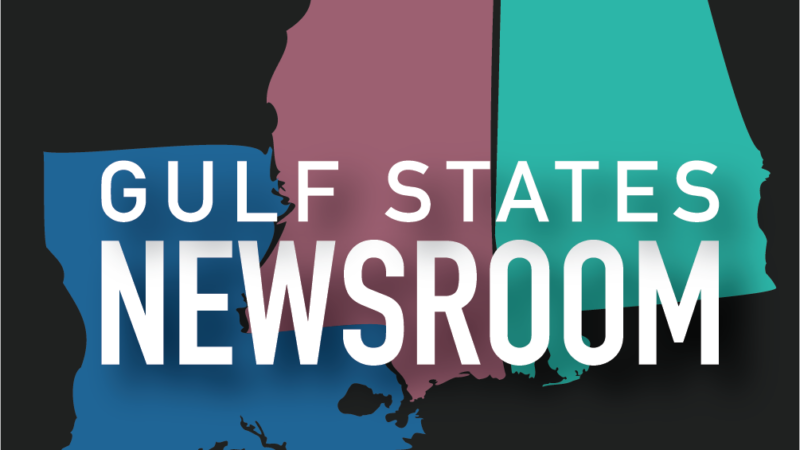NTSB faults Boeing for lack of safety protocols in 737 Max door plug blowout
WASHINGTON — Investigators at the National Transportation Safety Board say there were multiple systemic failures that led to a midair blowout during the flight of a Boeing 737 Max jet last year, finding fault with safety procedures both at Boeing and the Federal Aviation Administration.
No one was killed or seriously injured when the door plug panel blew out of an Alaska Airlines flight shortly after takeoff. NTSB chair Jennifer Homendy praised the crew for getting all 177 people on board back to the gate at Portland International Airport safely.
“This accident never should have happened,” said Homendy. “The safety deficiencies that led to this accident should have been evident to Boeing,” as well as to regulators at the FAA.
The incident on January 5, 2024 raised major questions about safety and quality control at the aerospace giant. Seventeen months later, the members of the NTSB met in Washington to hear the results of the board’s investigation.
The board concluded that the probable cause of the accident was “Boeing’s failure to provide adequate training, guidance, and oversight” to its factory workers, according to a meeting summary released by the NTSB.
Investigators say they still don’t know who reinstalled the door plug panel at Boeing’s factory without replacing four key bolts that were supposed to hold it in place.
Even one of those four bolts could have prevented the door plug blowout during Alaska Airlines Flight 1282, NTSB investigators said on Tuesday. Those bolts were never found, and investigators believe they were likely discarded.
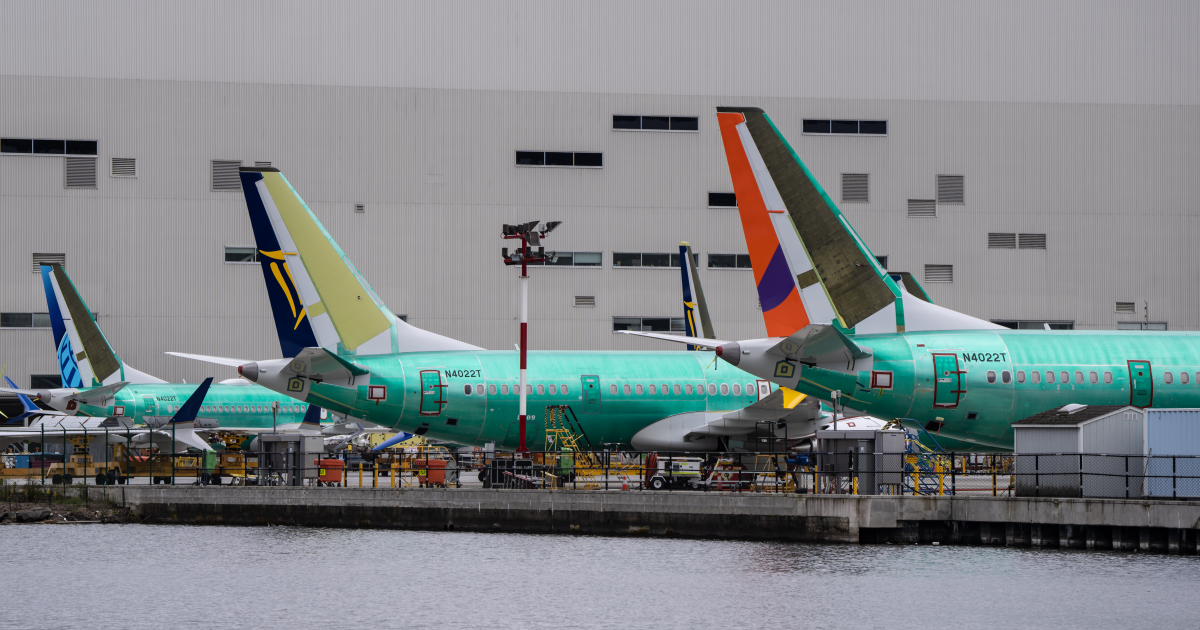
The NTSB had previously said that four bolts which were supposed to hold the door plug in place were missing when the Boeing 737 Max jet was delivered to Alaska Airlines in October 2023.
Boeing has no record of exactly who was responsible for removing and reinstalling the door plug, investigators said, making it impossible to pinpoint exactly who performed those tasks. Board chair Homendy said that points to bigger problems with Boeing’s safety protocols.
“Boeing relied on a single point of failure, which was a human not filing or documenting a record,” Homendy said. “That was a flaw in the system.”
In addition, investigators found that Boeing relied on workers who had little formal training to carry out the tasks they were performing. They noted that the factory in Renton, Wash. where Boeing builds the 737 had lost many experienced workers during the COVID-19 pandemic.
There were two dozen workers on the door team at the Boeing factory near Seattle that builds the 737 Max, according to investigators. But only one of them had previous experience removing a door plug panel — and he was on vacation in September 2023 when the door plug panel was removed and reinstalled.
The door plug blowout sparked a crisis at Boeing. Former CEO Dave Calhoun announced he would step down by the end of that year. The company replaced the top managers at its factory in Renton, and announced a host of other changes including more robust training for new employees. Current CEO Kelly Ortberg says Boeing has only recently returned to the production rate of 38 jets per month that it had been planning before the incident.
“We at Boeing regret this accident and continue to work on strengthening safety and quality across our operations,” the company said in a statement.
“We will review the final report and recommendations as we continue to implement improvements.”
The NTSB concluded that regulators at the FAA also contributed to the accident by failing to “adequately identify and ensure that Boeing addressed the repetitive and systemic nonconformance issues” in its factories.
The door plug incident prompted regulators at the FAA to increase their oversight of the factory where Boeing builds the 737 Max jets in Renton, Wash, and to temporarily cap production there at 38 planes per month.
“The FAA has fundamentally changed how it oversees Boeing since the Alaska Airlines door-plug accident and we will continue this aggressive oversight to ensure Boeing fixes its systemic production-quality issues,” the agency said in a statement. “While Boeing is making progress, we will not lift the 737 monthly production cap until we are confident the company can maintain safety and quality while making more aircraft.”
Both Boeing and the FAA have improved their safety processes since the incident, according to the NTSB. Homendy praised Ortberg in particular for renewing the focus on safety at the company since he took over as CEO last summer, although she said there is still more work to do.
The incident was a major setback for Boeing, which was still working to rebuild trust with regulators and the flying public after the deadly crashes of two 737 Max jets in 2018 and 2019 that killed 346 people.
The Department of Justice told a federal judge last month that it has reached an agreement in principle with Boeing to drop a criminal case over those crashes, despite objections from family members of some crash victims. It’s the latest turn in a long-running legal saga over how to hold the company accountable for those crashes.
No one was seriously injured during the Alaska Airlines flight. The door plug panel blew out about six minutes after takeoff, and the plane was able to return to make an emergency landing in Portland. The incident occurred as the plane was climbing to about 15,000 feet; had it happened at the plane’s cruising altitude of 35,000 feet, the outcome could have been very different.
“Frankly, it’s nothing short of a miracle that no one died,” Homendy said.
Auburn tabs USF’s Alex Golesh as its next coach, replacing Hugh Freeze on the Plains
The 41-year-old Golesh, who was born in Russia and moved to the United State at age 7, is signing a six-year contract that averages more than $7 million annually to replace Hugh Freeze. Freeze was fired in early November after failing to fix Auburn’s offensive issues in three seasons on the Plains.
Alabama Power seeks to delay rate hike for new gas plant amid outcry
The state’s largest utility has proposed delaying the rate increase from its purchase of a $622 million natural gas plant until 2028.
Former U.S. Sen. Doug Jones announces run for Alabama governor
Jones announced his campaign Monday afternoon, hours after filing campaign paperwork with the Secretary of State's Office. His gubernatorial bid could set up a rematch with U.S. Sen. Tommy Tuberville, the Republican who defeated Jones in 2020 and is now running for governor.
Scorching Saturdays: The rising heat threat inside football stadiums
Excessive heat and more frequent medical incidents in Southern college football stadiums could be a warning sign for universities across the country.
The Gulf States Newsroom is hiring an Audio Editor
The Gulf States Newsroom is hiring an Audio Editor to join our award-winning team covering important regional stories across Mississippi, Alabama and Louisiana.
Judge orders new Alabama Senate map after ruling found racial gerrymandering
U.S. District Judge Anna Manasco, appointed by President Donald Trump during his first term, issued the ruling Monday putting a new court-selected map in place for the 2026 and 2030 elections.

